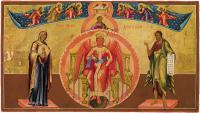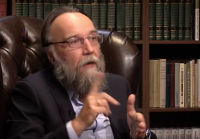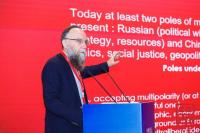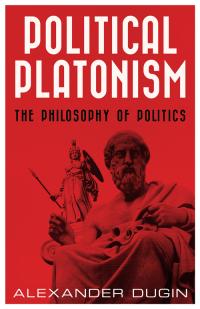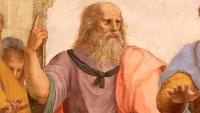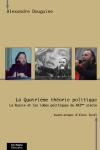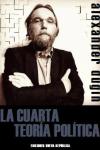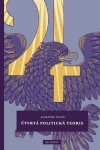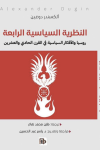Introduction to Noomakhia (lecture 7) Christian Logos
The early Protestants, and above all, the German mystics (Meister Eckhart, Heinrich Seuse, and at a lesser scale Albertus Magnus) affirmed that there should be inner relation between the heart of the man with the Christ. It should not pass through exterior relations. For us there is no problem because in Orthodox tradition we recognize both. We recognize completely the authority of the Church and completely this direct relationship because we have the other concept of the Church. For us, the problem could not exist because we could not understand that. In our situation, there is no split. There are both. We have both ways - inner and outer. But for Western Christian tradition, there was a problem. And the first pre-Protestant mystics said ‘good, let us accept the outer exterior form but let us proceed in an inner way.’ And they were Platonic because they said that we have the direct relations with God and God could speak inside of us and that is our inner dimension. So they were purely Christian. In our situation they were closer to Orthodox in some ways. There were excesses, as well, of Platonism. For example, Meister Eckhart said that there is something beyond the Trinity, unity beyond the Trinity. That is not too much Orthodox. But nevertheless the main idea was so. This radical subject concept, the concept of the inner self that is living in the heart, and the ‘inner Christ’ as they called it was at the origin of Protestantism (in Wycliffe, Hussites, Czechs, German mystics). So that was legitimate up to some point.

